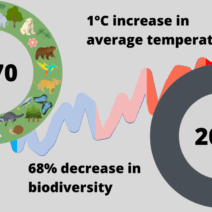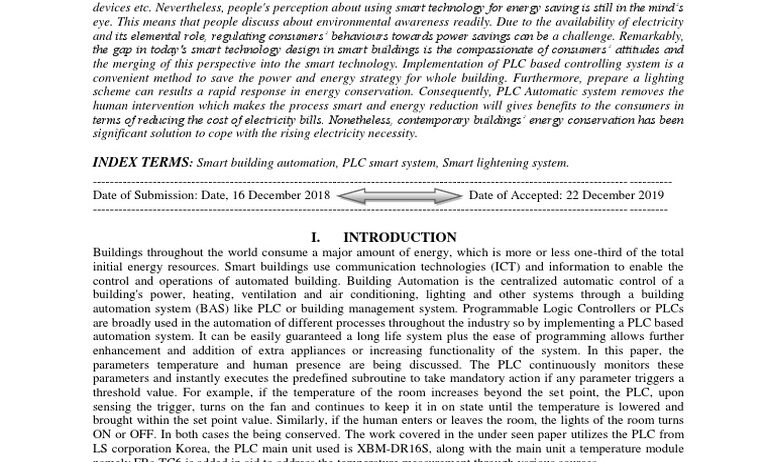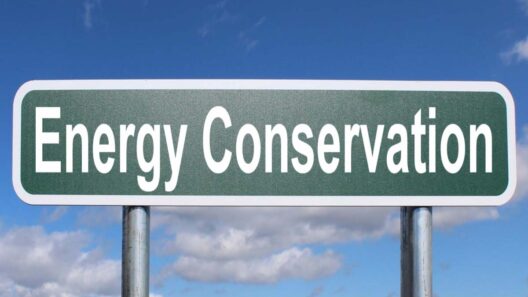Energy conservation in building heating and lighting is a pressing need in modern society, particularly as climate change continues to exert a profound influence on our environment. The integration of smart strategies for efficiency not only assists in mitigating the effects of energy consumption but also promotes sustainable living practices. This discourse will delve into various methodologies that can be employed to conserve energy in buildings effectively and elucidate upon the technological advancements that facilitate these strategies.
One of the foremost approaches to energy conservation is the implementation of advanced heating systems. Traditional heating systems often rely on fossil fuels and are notorious for their inefficiency. By transitioning to renewable energy sources, such as solar or geothermal heating, buildings can significantly reduce their carbon footprint. Solar panels installed on rooftops can capture sunlight and convert it into energy, which can either be used for heating directly or converted into electricity to power electric heating systems. Furthermore, geothermal systems exploit the earth’s consistent underground temperature for efficient heating and cooling, making it an exceptional choice for energy-conscious building designs.
In addition to renewable heating sources, the enhancement of building insulation is crucial. Proper insulation can minimize the need for excessive heating during the colder months and cooling during the warmer months. By utilizing materials such as spray foam, cellulose, or fiberglass, buildings can maintain consistent indoor temperatures. This not only conserves energy but also creates a more comfortable living environment. Windows play a pivotal role in insulation as well. Double or triple-glazed windows provide an effective barrier against heat loss, thereby reducing reliance on heating systems.
Moreover, the implementation of smart thermostats is an invaluable asset in energy conservation. These devices can learn the preferences of occupants and adjust heating and cooling settings accordingly. With the capability to be controlled remotely through mobile applications, smart thermostats allow for the fine-tuning of energy use based on occupancy and time of day. The result is a significant reduction in energy waste, as heating systems are not overworking when buildings are unoccupied.
Lighting is another significant component of energy consumption in buildings. Transitioning from incandescent bulbs to energy-efficient light-emitting diodes (LEDs) is a fundamental step in reducing energy usage. LEDs consume up to 75% less energy and last significantly longer than traditional bulbs, making them an economical choice in the long run. Strategic placement of lighting fixtures can further enhance efficiency. By focusing light where it is needed and utilizing task lighting, unnecessary illumination can be minimized. This approach not only conserves energy but also reduces glare and enhances the overall aesthetics of the space.
Additionally, incorporating daylighting into building design can result in substantial energy savings. This involves designing windows and skylights to optimize natural light penetration, thereby reducing the reliance on artificial lighting. Daylighting not only contributes to energy conservation but also improves indoor air quality and occupant well-being. Integrating window treatments, such as shades or blinds, can help in controlling glare and heat loss while still benefiting from natural light.
Smart lighting systems can take energy conservation a step further. By utilizing occupancy sensors and dimmers, these systems can automatically adjust lighting based on the presence of individuals in a room. For instance, if a room is empty, the lighting can automatically switch off or dim, significantly reducing unnecessary energy consumption. Smart lighting can also be programmed to align with natural light changes throughout the day, ensuring optimal illumination without energy waste.
Adopting artificial intelligence (AI) in building management can streamline heating and lighting efficiencies. AI can analyze usage patterns, predict occupancy levels, and optimize energy consumption accordingly. This level of predictive analysis helps in balancing energy demands, thereby reducing peaks in consumption and elevating efficiency. Integration of AI technology into smart devices enables a seamless, energy-efficient building environment that adapts to the needs of its occupants in real-time.
Energy audits are instrumental in identifying areas where energy is being consumed inefficiently in buildings. By conducting a comprehensive audit, property owners can pinpoint specific areas needing improvement, such as outdated heating systems or improper insulation. Regular audits not only help in maintaining energy efficiency but also play a pivotal role in long-term energy conservation strategies. These assessments can be complemented by retrofitting existing systems to employ more efficient technologies or designs.
Furthermore, public awareness and education on energy conservation practices are essential in promoting sustainable habits among occupants. Organizations can encourage behavior-changing initiatives, such as turning off lights when leaving a room or utilizing solar chargers for devices. Building community engagement can lead to a collective effort in energy conservation, enhancing the effectiveness of individual actions.
Finally, the regulatory framework surrounding energy conservation measures plays an imperative role in shaping the practices within the building sector. Governments can provide incentives for the adoption of energy-efficient technologies, such as tax credits for solar panel installations or grants for energy efficiency upgrades. Implementing stringent building codes ensures that new developments adhere to established energy conservation standards, thereby contributing to a broader reduction in energy consumption.
In conclusion, the adoption of smart strategies for energy conservation in building heating and lighting is not merely a choice but a necessity in addressing climate change. Through a combination of renewable energy sources, advanced insulation techniques, smart technology integration, and behavior modification, significant strides can be made in reducing energy consumption. Each step towards efficiency is a step towards a more sustainable future. The collective responsibility lies in the hands of builders, owners, and occupants alike to implement these strategies and foster a culture of energy conservation.







